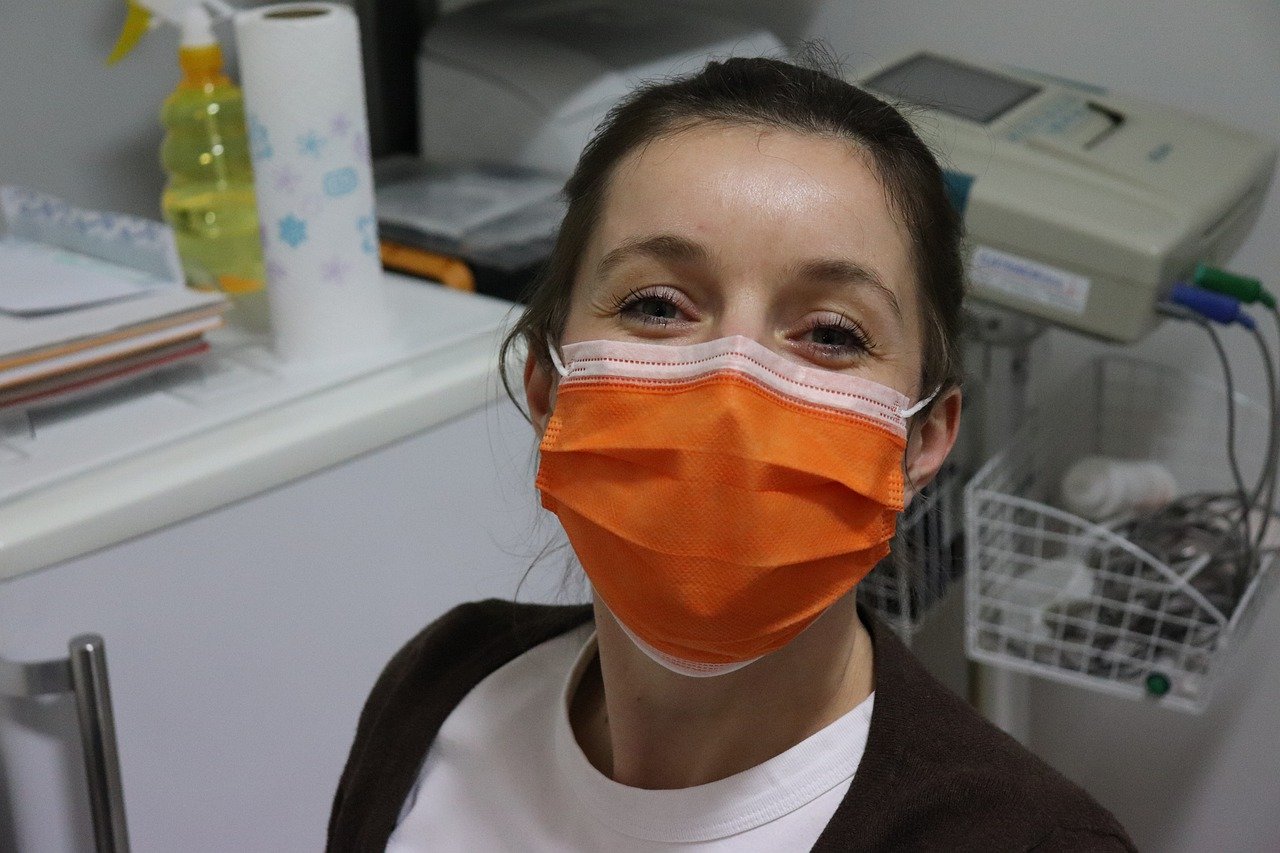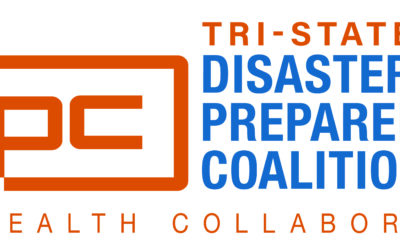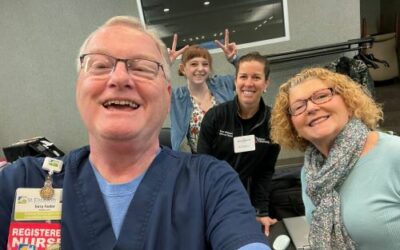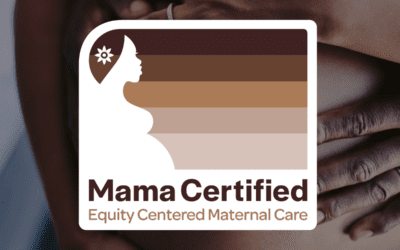MEDIA CONTACT:
Christa Hyson, MPH
Senior Manager, External Relations
(513) 247-5254
FOR IMMEDIATE RELEASE – READ IN SPANISH
Greater Cincinnati Area Hospitals Practice Personal Protective Equipment Conservation
CINCINNATI, OH, MARCH 24, 2020 – Healthcare providers across the country are implementing strategies to conserve Personal Protective Equipment or PPE to protect both patients and the healthcare workforce. PPE refers to protective clothing, helmets, gloves, face shields, goggles, facemasks and/or respirators or other equipment designed to protect the wearer from injury or the spread of infection or illness.
While PPE supplies are limited, Greater Cincinnati Hospitals are all taking measures to ensure PPE is available when needed. Strategies include:
- Practice changes to safely reduce use
- Exploring recycling and reuse
- Screen and triage patients prior to entering hospital
- Leveraging telehealth appointments when possible
- Limiting visitors
- Limit patient care areas to essential personnel only
- Cancelling elective procedures
Local authorities, hospital systems, and The Health Collaborative continue to explore strategies to increase local caches of supplies and equipment including sustaining and establishing vendor relationships, initiating requests for additional supplies through emergency management processes, and facilitating mutual aid requests across the region. Please email chyson@healthcollab.org if you have donations of PPE available.
N95 Respirators
The Centers for Disease Control and Prevention (CDC) has released guidance for extended use and limited reuse of N95 respirators in healthcare settings. The following guidance is based on these recommendations:
- Minimize the number of individuals who need to use PPE. This includes having the minimum number of individuals care for a patient who requires PPE and limiting the number of individuals seeing or “rounding” on a patient (i.e. limiting medical students).
- Use alternatives to N95 respirators if indicated and feasible. These include other classes of filtering facepiece respirators, elastomeric half-mask and full facepiece air purifying respirators, powered air purifying respirators (PAPRs) where feasible.
- Implement practices allowing for extended use and/or limited reuse of N95 respirators.
- Prioritize the use of N95 respirators for personnel at the highest risk of acquiring or experiencing complications of infection.
Right now, the most important thing for Greater Cincinnati residents to do is to continue the prevention measures they would use for any respiratory virus:
- Follow social distancing procedures outlined by local and state governments.
- Clean your hands frequently with soap and water for at least 20 seconds.
- Cover coughs and sneezes with your elbow or upper arm.
- Stay home from work/ school/ activities if you are feeling ill.
- If you are a high-risk individual, please review these extra precautions.
For more information about COVID-19 visit: https://healthcollab.org/covid-19/
-###-
About The Health Collaborative: The Health Collaborative is a non-profit organization that leads data-driven improvements that result in healthier people, better care and lower costs. For more information about The Health Collaborative, visit healthcollab.org.













